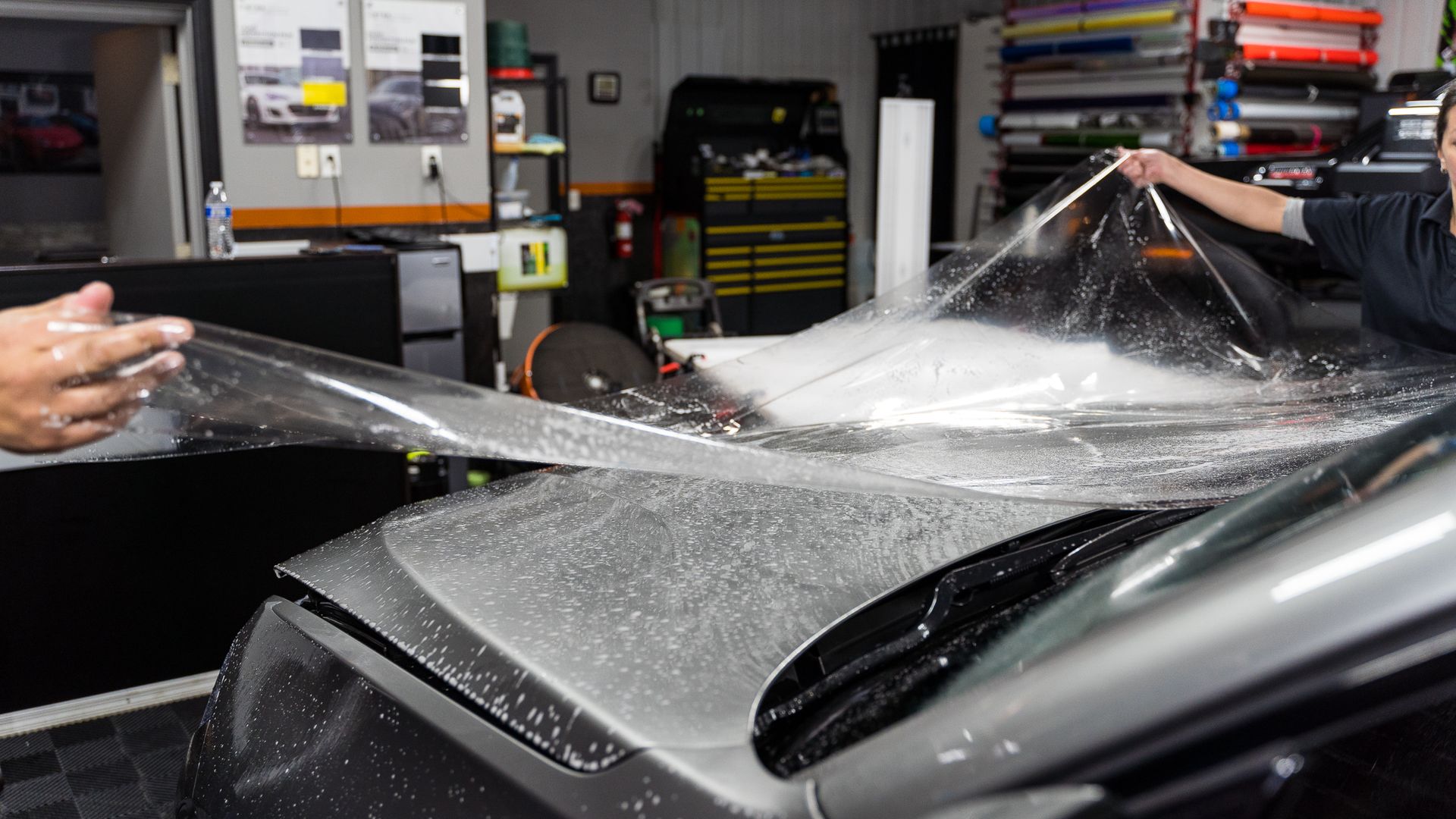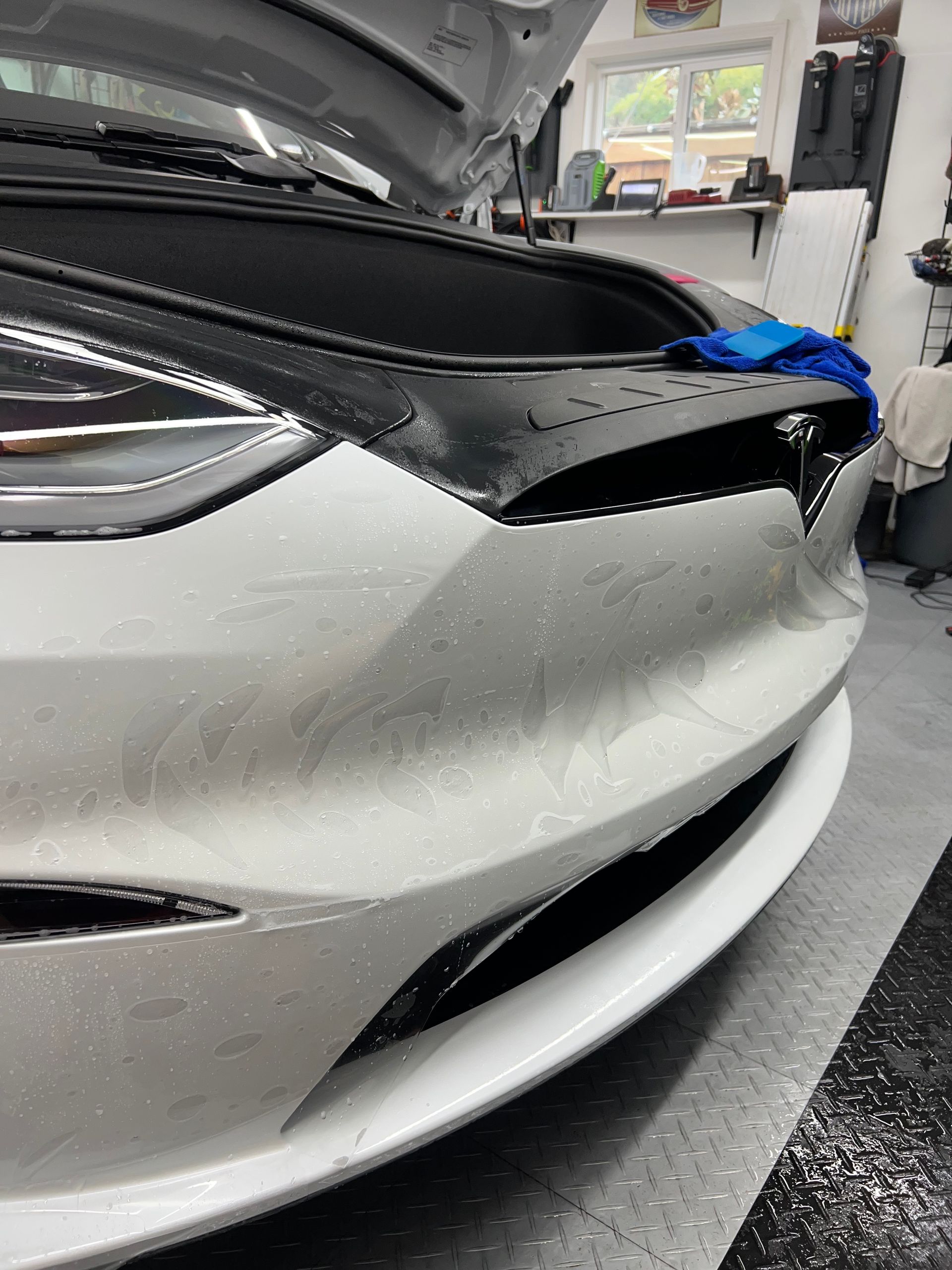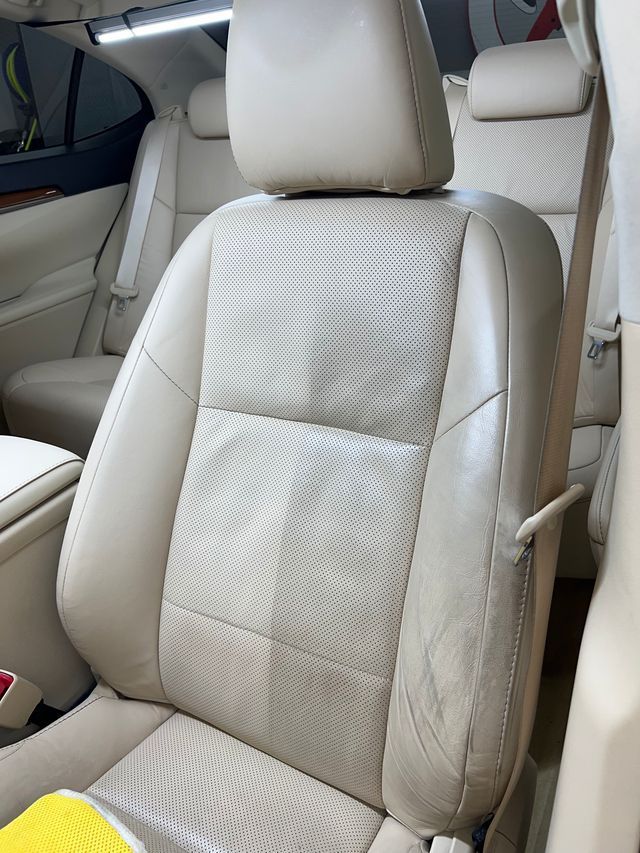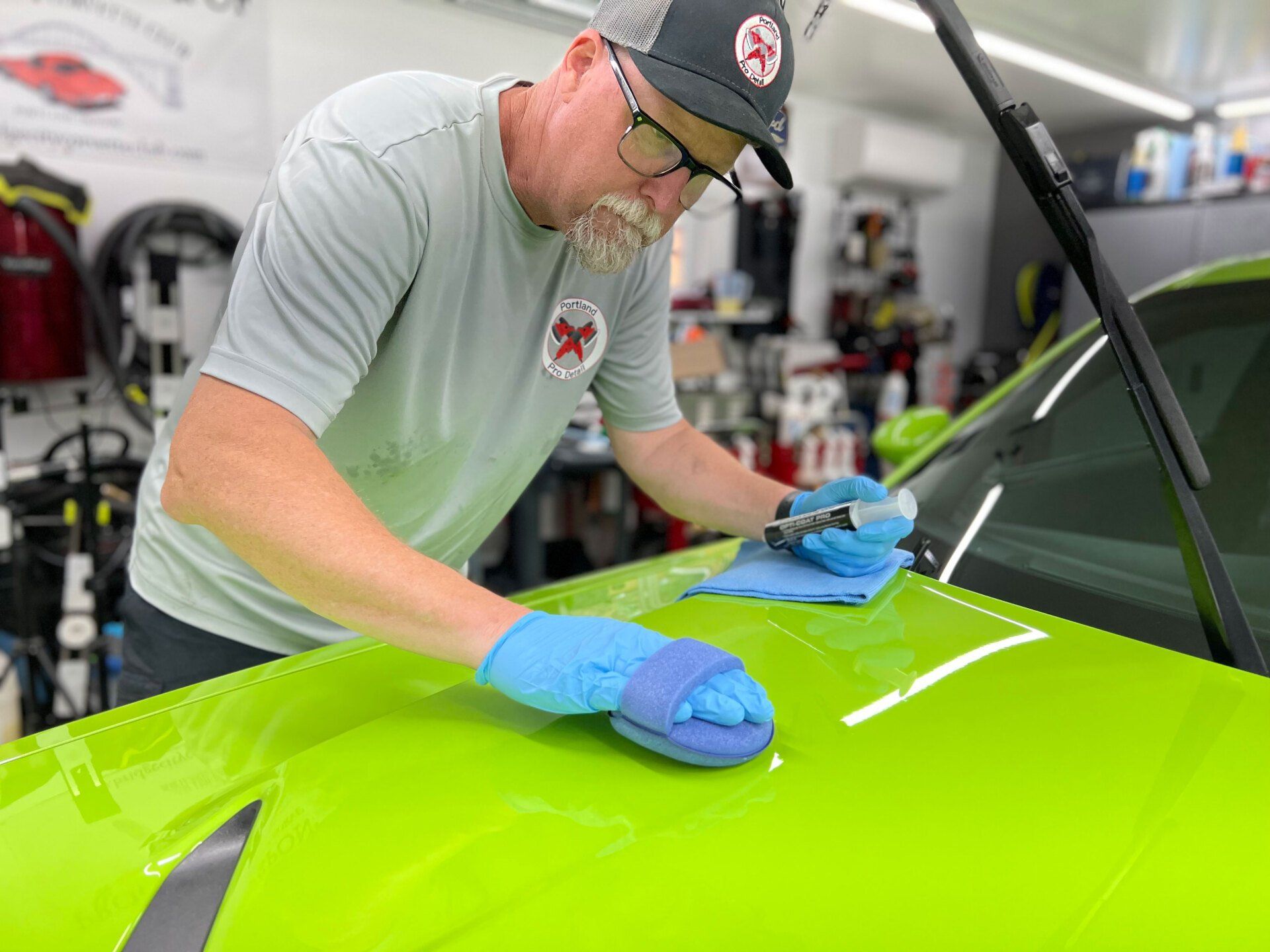How Long for PPF to Cure After Installation: The Complete Guide
CALL (503) 444-7415
Investing in paint protection film is a smart way to safeguard your vehicle’s exterior from scratches, chips, and sun damage while maintaining its pristine appearance. However, achieving long-lasting results requires more than just professional installation—the curing period plays a critical role in the film’s performance. During this time, the film bonds fully with the surface of your vehicle, ensuring maximum durability and protection. Overlooking this step can compromise the effectiveness of the coating, potentially leading to premature wear or visible imperfections. In this guide, we’ll explore the importance of PPF curing time and how it directly affects the longevity and value of your investment.
Paint protection film typically requires a curing time of at least 24 hours post-installation to ensure proper adhesion and optimal performance. However, factors such as the type of film used, environmental conditions during application, and the quality of the installation can influence this curing period, so it's advisable to consult your installer for specific recommendations.
What Is Paint Protection Film?
Paint protection film is a transparent, thermoplastic urethane film that acts like a shield for your vehicle's paint. Designed to withstand the rigors of the road, PPF protects against scratches, chips from road debris, bird droppings, and harmful UV rays that can fade your car’s color over time. Imagine it as an invisible guardian ensuring that your car retains its new-car luster for longer than you might think. The intriguing thing about PPF is its origin. Modern paint protection films consist of multiple layers that contribute to their effectiveness. The primary layer is often made from urethane, which provides flexibility and allows the film to conform smoothly to the contours of the vehicle. This flexibility is essential as it lets PPF stick effectively without trapping air bubbles beneath the surface.
Alongside this is the adhesive layer that ensures a robust bond with the car's paint, keeping the film securely in place despite temperature changes or road conditions. Many car owners swear by PPF not just for its protective qualities but also for how easy it makes maintaining their vehicles. A simple wipe-down is usually all that's needed—no need for harsh cleaners. The average lifespan of high-quality PPF can range between 5 and 10 years, depending on environmental conditions and how well it's maintained over time. One popular practice before installing PPF is applying a ceramic coating on the paint surface. The ceramic coating adds an extra layer of protection while enhancing gloss and durability. By meticulously preparing your vehicle's surface ahead of time, you're set up for optimal adhesion and performance of the film.
Importance of Proper Curing
Proper curing is crucial because it ensures that the adhesive bonds firmly to the car's paint surface, providing maximum protection. If you envision PPF as an invisible shield, then curing is akin to forging that shield in place. Without enough time to cure adequately, you might notice unsightly issues such as peeling or bubbling, which can undermine the entire purpose of applying the film. It’s like putting on an expensive suit without ensuring it fits right; it may look good momentarily but lacks lasting comfort and style. When PPF cures optimally, it allows the adhesive to set properly, creating a seamless, nearly invisible barrier capable of withstanding various environmental hazards—from road debris to UV rays. Think of it like planting a tree: if you don’t give it the right conditions to grow strong roots, it won't thrive. This time is paramount; insufficient curing can render your investment futile, leading to unnecessary touch-ups or repairs down the line.
Experts in the automotive care industry state that when PPF is correctly cured, it can last up to 10 years or more, safeguarding your vehicle’s paint and preserving its glossy finish. This durability translates into long-term savings, as you won’t need frequent repainting or extensive cleaning. Therefore, every day you allow your new PPF to cure contributes to its confidence and strength against scratches and environmental wear. The science behind this process involves not just adhesive bonding but also the film's ability to self-heal. High-quality adhesives are designed to bond securely within 5 to 14 days post-application, depending on factors such as temperature and humidity levels. This timeframe plays a significant role in achieving maximum protection. Understanding these aspects emphasizes why adherence to recommended curing times after installation is essential for ensuring your paint protection film performs at its best for years to come.
Typical Curing Timeframes
Most PPF manufacturers indicate that the curing process typically ranges from 24 to 48 hours for initial bonding. During this timeframe, the film begins to adhere to your vehicle's paint, forming a protective barrier that will help shield it from potential damage. As time passes, the film continues to bond, leading to what is known as full curing, which may take up to two weeks to achieve maximum effectiveness. This stage is essential because it ensures that the film functions at its best, providing the protection and resilience you expect. Think of it this way: when you bake bread, there’s a critical rising period that allows the dough to become light and fluffy. Similarly, giving your freshly installed PPF time to cure is equally vital; without this patience, you risk compromising its integrity. However, it's not just about setting a timer; various factors can affect these curing timeframes significantly.
Factors Influencing Curing Times
- Temperature: Higher temperatures speed up curing times, whereas cooler temperatures can prolong them. For example, at approximately 70°F (21°C), you might find that curing occurs relatively swiftly compared to colder conditions around 50°F (10°C), where delays are more likely.
- Humidity Levels: Ideal humidity for curing is typically between 40% and 60%. If it's too humid, the adhesive may struggle to set properly; conversely, too little moisture can hinder optimal adhesion.
- Surface Preparation: The state of your vehicle's surface prior to PPF application plays a crucial role in effective curing. Ensuring it’s clean and free from contaminants can significantly reduce any potential setbacks in the bonding process.
- Quality of Application: A professional-quality installation can mean a smoother curing process and stronger adhesion. Inadequately applied films may require longer curing times as they struggle to bond with imperfections or debris present during installation.
Understanding these factors allows you not only to time your expectations but also to prepare accordingly. After all, protecting your investment means being proactive.
Post-Installation Care Tips
Post-installation care is crucial in ensuring that your PPF adheres properly and performs its protective function effectively. One of the first steps you should remember is to avoid washing your car for at least a week post-application. Yes, it’s tempting to want to show off your freshly protected car, but washing it too soon could lift the film or disrupt the adhesion process.
- Keep It Gentle: One important tip is to stay away from rough driving conditions. Imagine cruising down a gravel road only to have sharp stones chip away at your new protective layer. The last thing you want is for those small nicks to appear prematurely. Not only does this process put unnecessary strain on the film, but it can also lead to long-term damage. Select smoother routes whenever possible and treat your vehicle gently during this curing phase. Furthermore, environmental factors play a significant role in how well your PPF performs during its curing period. Sun exposure can be particularly detrimental during this time. If you've just had your PPF installed, try parking your car in a shady spot or, even better, in a garage. Keeping it away from direct sunlight helps prevent uneven curing, which can compromise the film's effectiveness. Extreme temperatures can wreak havoc on both the adhesion process and the performance characteristics of the PPF.
- The Impact of Temperature and Humidity: For optimal results, it's best if the temperature remains between 60°F and 80°F (15°C to 27°C) during this critical period. High humidity levels, ideally between 30% and 70%, further contribute to maximizing the adhesive bonding. When these conditions are met, you're setting your PPF up for success. Following these care tips ensures proper bonding and maximizes the lifespan of your PPF. After all, you invested time and resources into installing this protective film; maintaining its integrity should be a priority.
Consistent attention to these post-installation guidelines will help preserve the appearance and functionality of your vehicle's finish while extending the life of the PPF.
Potential Issues with Improper Curing
When paint protection film doesn’t cure properly, it can lead to several frustrating issues that compromise both its function and appearance. For starters, bubbles or wrinkles can begin to form beneath the film, which detracts from the sleek look of your vehicle and indicates that air or moisture got trapped during installation. Those unsightly blemishes become a constant reminder of a job poorly done—something no car owner wants to bear. Improperly cured PPF is more prone to peeling, particularly around the edges where the adhesive may not have bonded sufficiently with the surface. This situation is critical because those very edges are often the first line of defense against scratches and debris. If your edges peel up, you not only lose protection in those areas but also risk dirt and contaminants sneaking under the film.
Experts in automotive detailing frequently point out that many issues arising from improper curing stem from subpar installation practices or inadequate post-installation care. If your installer doesn’t follow recommended guidelines—like giving the film adequate drying time and avoiding exposure to harsh conditions—the performance of that protective layer could be compromised from day one. So what can you do if you find yourself facing these problems? First and foremost, don’t hesitate to reach out to your installer for help. They can assess whether a simple fix will remedy the situation or if a reapplication is necessary. Furthermore, always ensure that your installer adheres to best practices by asking questions about how they prepare the surface before application and their plans for post-installation care. To safeguard against future issues, be vigilant during the initial curing period. Avoid high-humidity environments or blustery conditions that could disturb the film’s bond with your vehicle's surface while it's setting. Regular check-ins during this timeframe can help identify any developing problems early on and mitigate potential consequences.
By understanding and addressing these potential issues proactively, you can maximize the effectiveness and longevity of your PPF investment, keeping your car looking pristine for years to come. The journey toward maintaining a perfect finish requires diligence and timely action. Ensure you're well-informed and proactive throughout the entire process for optimal results.
Portland’s Trusted PPF Specialists
Safeguard your vehicle’s finish from road debris, rock chips, and UV damage with
premium paint protection film services from Portland Pro Detail. Serving Portland, OR, our expert team applies precision-cut PPF that blends seamlessly with your paint while delivering long-lasting defense. Don’t let wear and tear chip away at your investment—schedule your PPF installation today and drive with confidence every mile.







